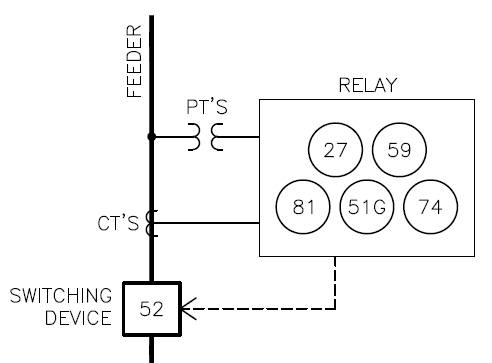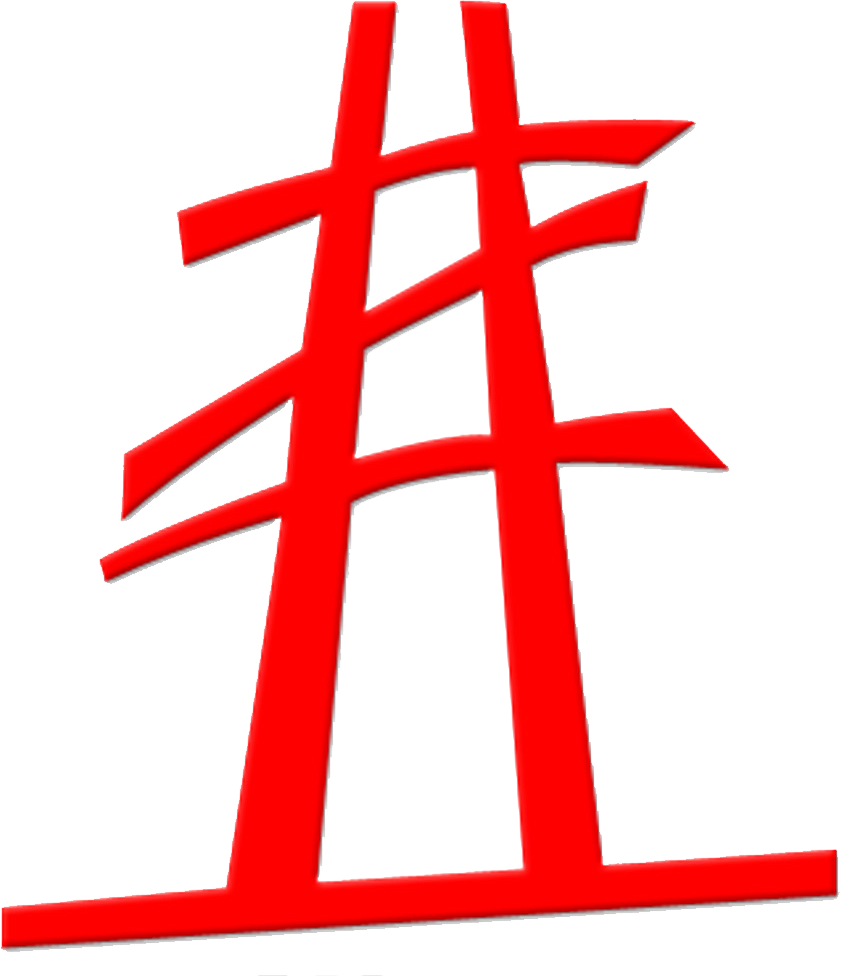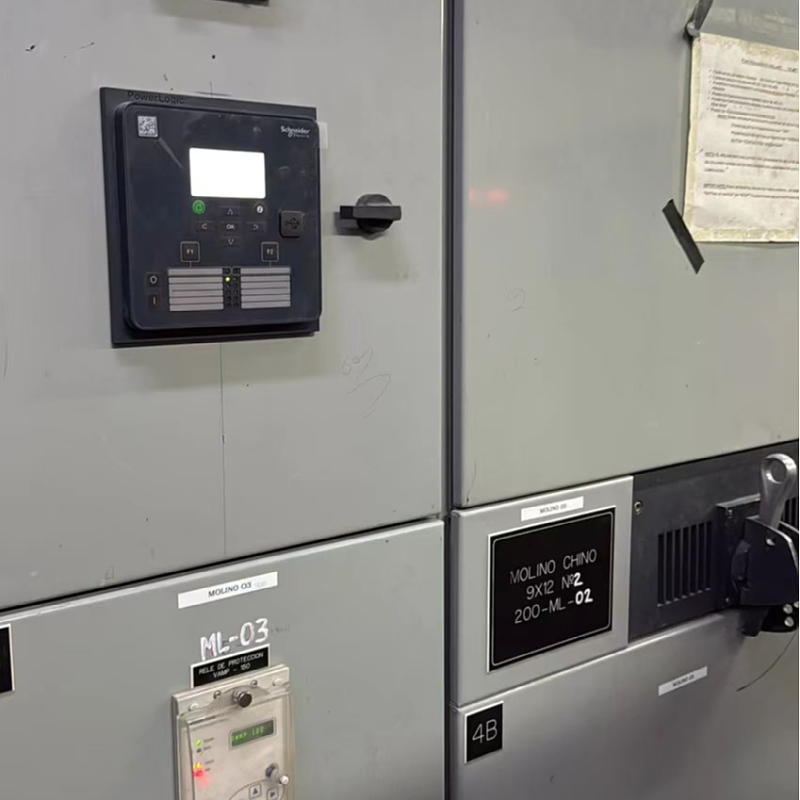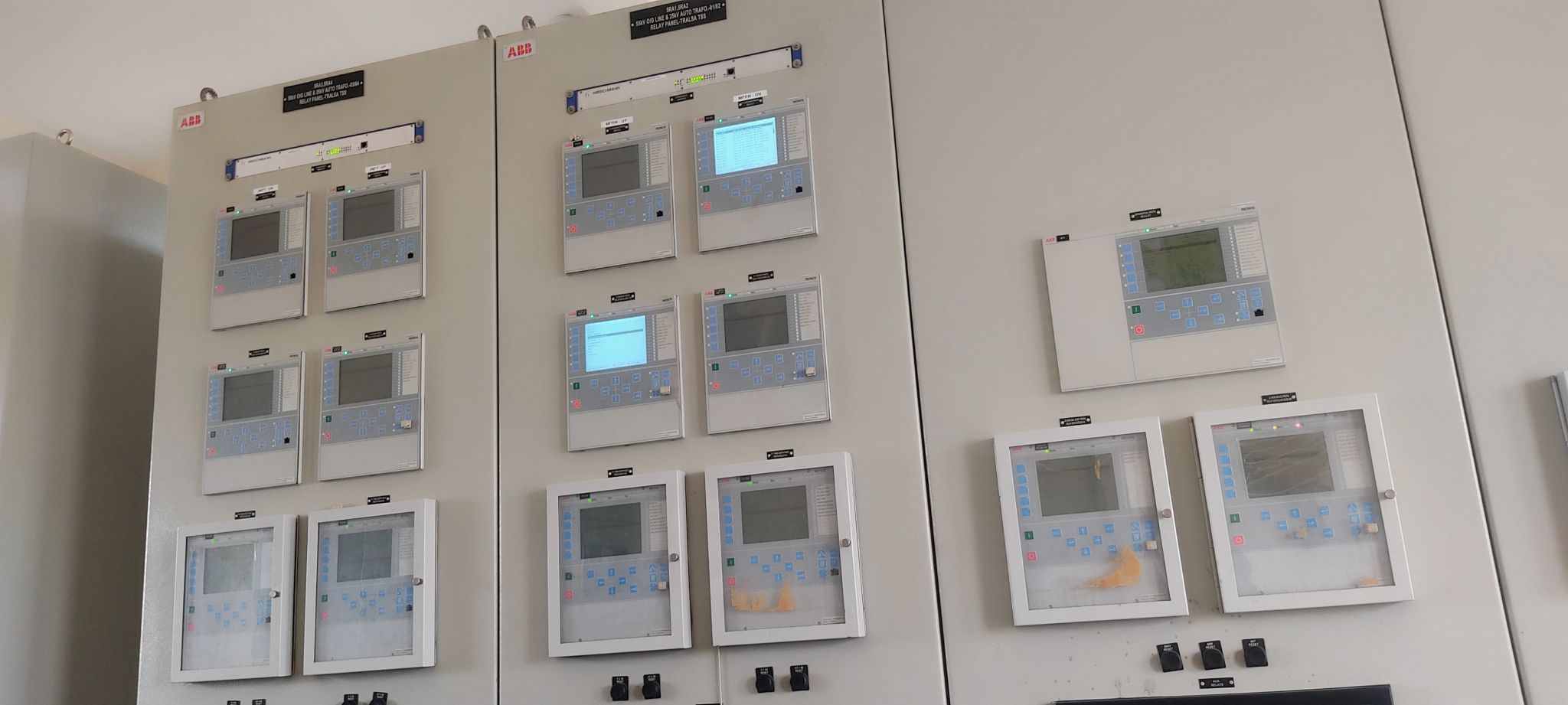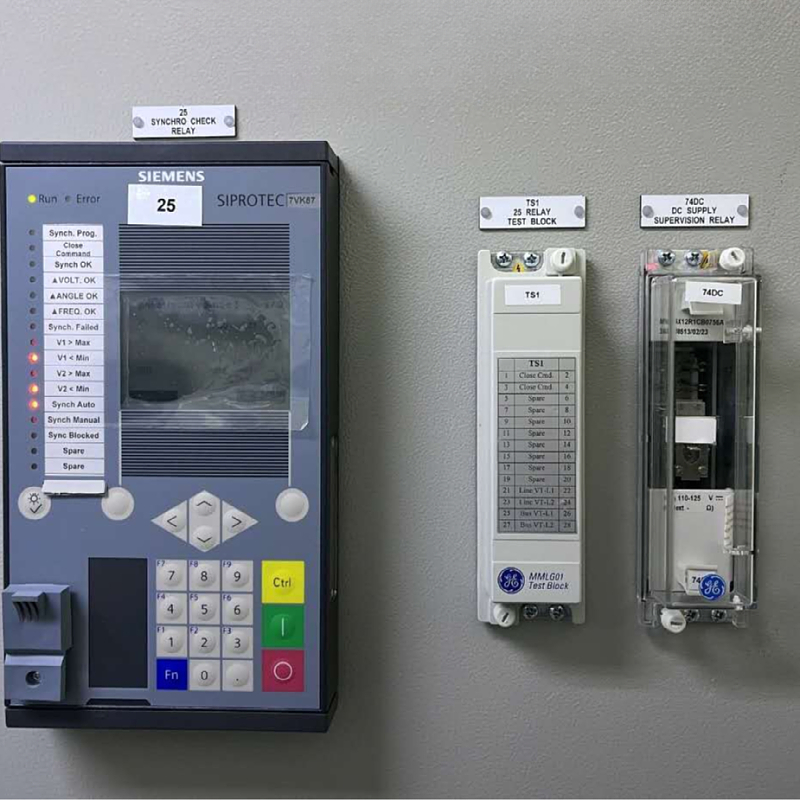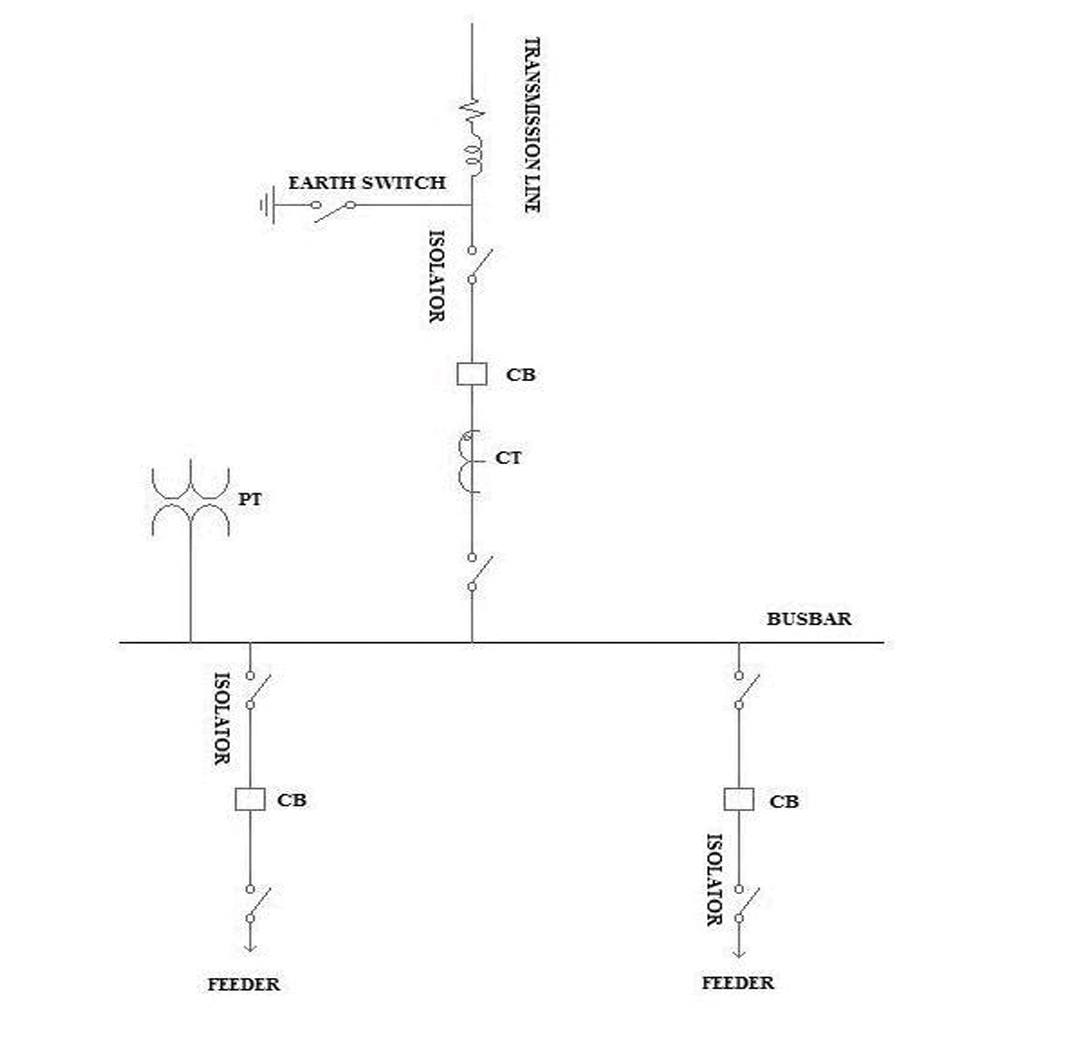When the voltage decreases, the current increases to maintain the same power output, based on the fundamental electrical power equation:
P=VxI xPower Factor (PF)
Where:
P= Power (in watts or kW, which the motor needs to deliver)
V= Voltage
|= Current
PF = Power factor (for AC motors)
Why Does Current Increase?
If the voltage V drops and the motor still needs to maintain the same power output P, the system compensates by increasing the current I. This happens
because: I=P/VxPF
As voltage decreases, the motor draws more current to meet its power demand. This ensures the motor continues to produce the required torque and speed.
Consequences of Increased Current:
Overheating: Higher current leads to increased heat in the motor windings, which can damage the insulation and reduce the motor's lifespan.
Overloading: Electrical components like cables, breakers, and contactors are rated for a specific current. Excessive current can cause these to trip or fail.
Reduced Efficiency: Motors consume more power overall, lowering efficiency and increasing energy costs.
Voltage Drop Across Lines: Higher current can worsen the voltage drop along transmission lines due to increased I^2R losses.
-----> How Protection Helps:
Under-voltage relays can disconnect the motor before excessive current draw causes damage.
Current limiters and thermal overload relays can prevent overheating due to excess current.
Where is Under-Voltage Protection Critical?
Hydropower plants to maintain stable turbine speeds.
Industrial automation systems using PLCs, VFDs, or sensitive electronics.
Electric vehicles (EVs), where low voltage can severely impact battery performance and motor operation.
An IDMT relay is most suitable against overcurrent conditions in a power system, providing quick response to high fault currents while still operating reliably for lower currents, making it ideal for protecting feeders,
transformers, and motors in distribution systems.
